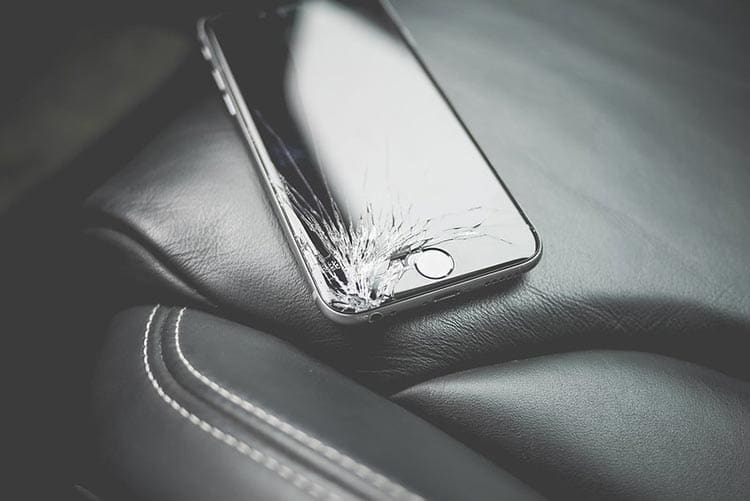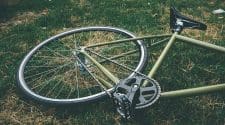Smartphones have become too useful to be ignored in modern cycling. The tools and features they offer add hugely to the experience, making our time out safer and more enjoyable. They’re also prone to damage or theft, and this can be problematic.
If we take our regular expensive phone out and something happens to it then we can be left in a bad place, and this happens more than often we might think. So, what of an alternative idea, of using an old phone or a cheap secondary device while cycling?
What Can a Secondary Phone Do?
One of the best things about modern smartphones is that they’re ahead of the power curve. Even a low-tier phone can easily handle modern exercise uses, and many other parts of life too. Strava, for example, only requires Android 8.0 or above to operate on Samsung phones. Since Android 8 first appeared in 2017, this means phones up to seven years old can be compatible with the system’s requirements.
Addressing the SIM Card Problem
Adapting a secondary phone to act as your exercise device is surprisingly easy. Just install the same apps, log into the same accounts, and your data will transfer as needed. The only real potential issue around this approach is that, if you intend to connect online while out and about, it can be expensive to purchase another SIM card. Fortunately, you don’t have to.
One solution can be to transfer your SIM between your usual phone and your secondary phone, as guides like this at wikihow explain. This is easy to do, but it can be inconvenient. Another solution could be to take your primary phone with you, only keep it in a backpack in a secure and strong carrying case. This way you could connect your secondary phone to your primary phone as a mobile hotspot. This would eliminate most risks to your primary phone, though you couldn’t use it directly on the trip.
You could also abandon internet connectivity on the go, and use offline modes and apps while biking. Most exercise apps still work well offline, and other common additions like music players also offer offline modes or entirely offline apps. Your data can still sync when you’re back at a home network too, so you can still track your progress.
Photo credit – www.tredz.co.uk/
Having witnessed both crash and water damage in phones recently, we can say that, like wearing a helmet, prevention can be the best solution to risk. A secondary phone getting lost or broken is little more than a mild frustration, while losing an expensive main device can ruin your entire week, and cause you to lose data you’ll never get back. If you’re at all concerned about these things, then consider this approach, for added peace of mind when you head out.
Top Photo – credit – https://www.semtrio.com/
No products found.


















